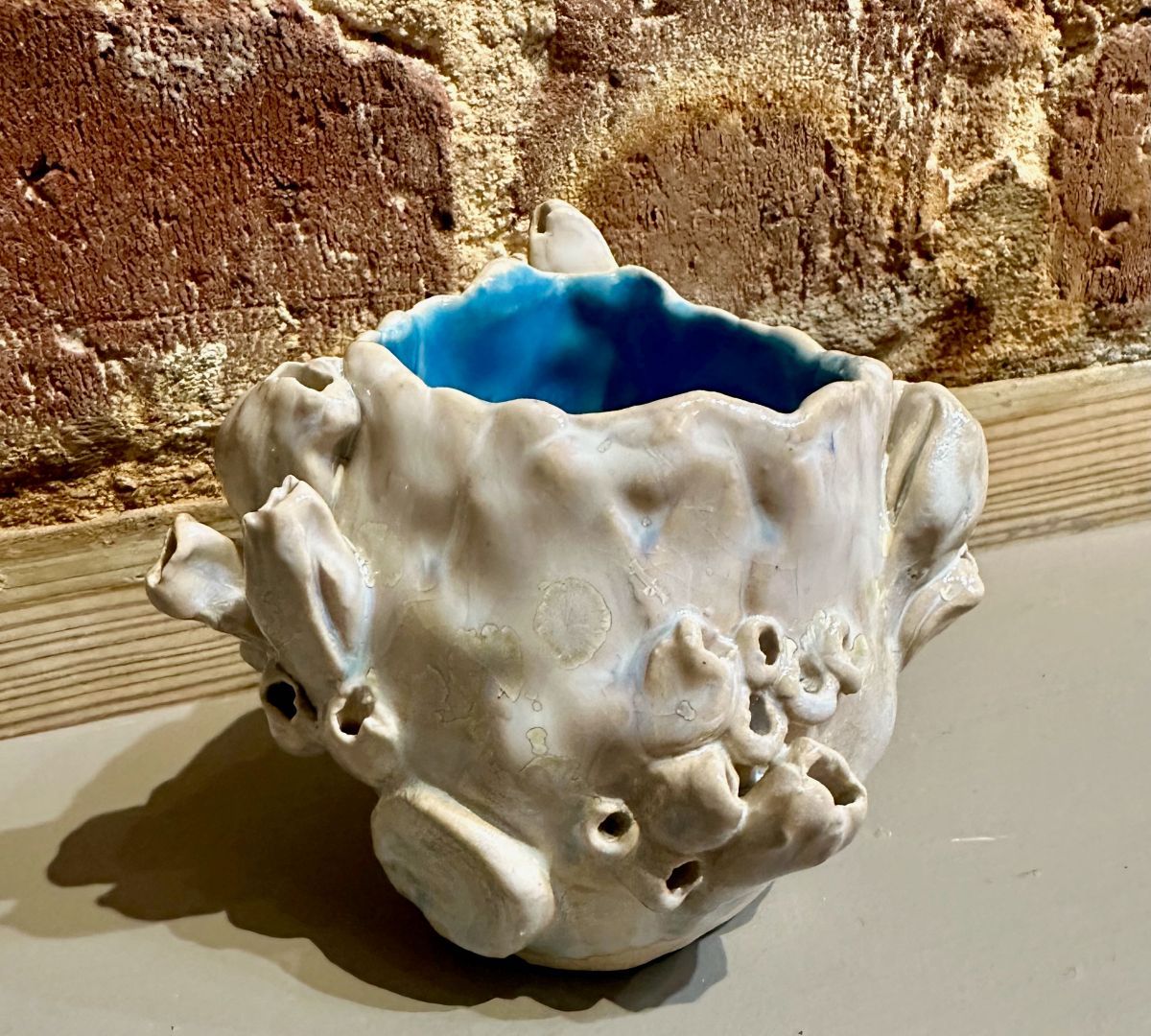By ALAN SCHUSTER
It has been written that Richard Wagner’s experiences during a stormy voyage across the North Sea had inspired him to write an opera based on the legend of a phantom ship.
According to the legend, a Dutch sea captain had sworn by all devils that he would round a certain cape even if it took him until Judgment Day. For his defiance, Satan doomed him to sail the seas forever – unless he could find a woman who would redeem him through love. He was permitted to go ashore once every seven years in search of that woman.
So inspired was Wagner by the legend that he not only wrote the music, but the libretto as well, all of which took him less than two months to complete. From start to finish, it was his first “music drama” – entitled Der Fliegende Hollander (The Flying Dutchman) – which premiered in Dresden in January, 1843.
Considered by many as being a milestone on his road to music-drama, one opera writer recently defined it as “an extraordinary combination of operatic lyricism and magnificent theatrics, combined with a continuous musical flow.” The Met has called their new production by Francois Girard as one which turns the stage into a rich, layered tableau reminiscent of a vast oil painting.
The cast: The Dutchman, Evgeny Nikitin, replacing an injured Sir Bryn Terfel; Daland, a Norwegian sea captain, Franz-Joseph Selig; Senta, Daland’s daughter, Anja Kampe; Eric, a huntsman, Sergey Skorokhodov; the Steersman, David Portillo; and Mary, Senta’s nurse, Mihoko Fujimora. Conducting: Valery Gergiev.
I: The action takes place during one of those seven-year intervals. A storm has broken. Daland’s ship seeks refuge in a quiet bay. His sailors retire, leaving the helmsman on watch. He falls asleep. A ghostly vessel appears.
The Dutchman captain, who once defied God, is cursed to roam the seas forever without rest. Every seven years waves cast him ashore. If he finds a wife who will be true, he will be redeemed from his curse. He laments his fate and invokes the Final Judgment.
II: Daland and the Dutchman become acquainted. Without revealing his fate, the Dutchman makes a deal with Daland, who promises him a treasure in exchange for Senta’s hand. But will she be the one to free the Dutchman from his curse?
Though she was engaged to Erik, the young woman has always been fascinated by the legend of the Flying Dutchman. She wants to be the one to set him free. The Dutchman of Senta’s imagination now stands before her.
After rejecting Erik, who tells her a strange dream, she swears to be true to the Dutchman until death, and the stranger is sure he will finally be delivered.
III: The sailors have returned and are engaged in merry-making. Their singing and dancing contrasts with the mournful sounds coming from the ghostly vessel moored nearby. Festivities end and danger looms.
Erik, who reproves Senta for deserting him, tries – but fails – to convince her to take him back. The Dutchman overhears their conversation and believes he has been betrayed. He tells Senta of the curse and reveals that the is the Flying Dutchman. He sets sail, believing his only hope for salvation is lost.
In a final desperate gesture, Senta throws herself into the sea. As the ship starts to sink, Senta and the Dutchman are seen ascending to heaven.
The first of Wagner’s many music-drama highlights begins as soon as the conductor reaches the podium. It’s a splendid overture, mainly stormy but with patches of calm. In addition to being a beautiful musical narrative of the entire opera, it quickly was on its way to becoming a popular concert piece as well.
Another gem, this one opening the second act, is known as the “Spinning chorus,” in which the girls
sing a prayer to the winds to bring their seafaring lovers home soon. It’s a memorable tune, including some teasing of Senta for gazing so dreamily at the portrait of the Dutchman, leading her to sing above the accompaniment, claiming that she will be the woman to save him unto death.
An exceptional piece ends the act when Senta and the Dutchman come face-to-face, each taking turns to express that this is the one of their dreams, then singing together in Wagner’s first great love duet climax.
Someone once wrote that the opera “has as much spectacle impact as the music.” The brief final act – about 30 minutes – is a fine example, beginning with rousing male and female choruses who marvel at the Dutchman’s ghostly ship lying nearby. All of which leads to Senta’s rush to the edge of a cliff, then leaping into the sea below.
Want to go?
What: Met Opera’s Live HD broadcast of Wagner’s Flying Dutchman.
When: 12:55 p.m., Saturday, March 14
Where: USC Beaufort Center for the Arts, 801 Carteret St., Beaufort.
Tickets: All seats are general admission. Adults $20; OLLI members $18; Students free. Tickets are available at the box office; order on-line at www.centerforthearts.com; or call 843-521-4145.






